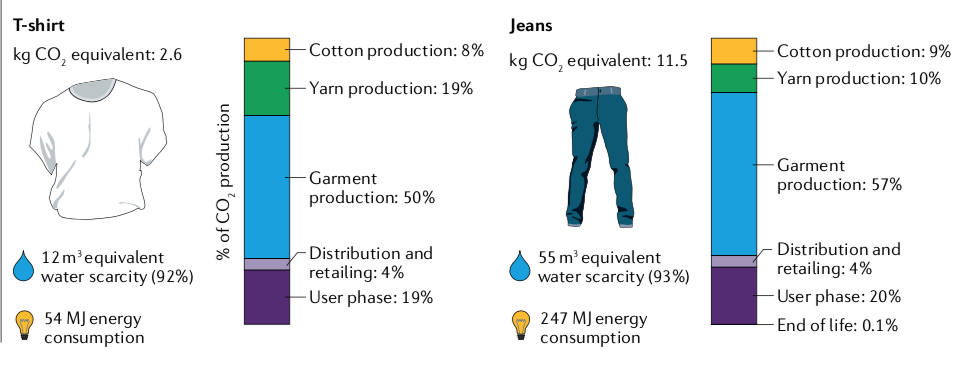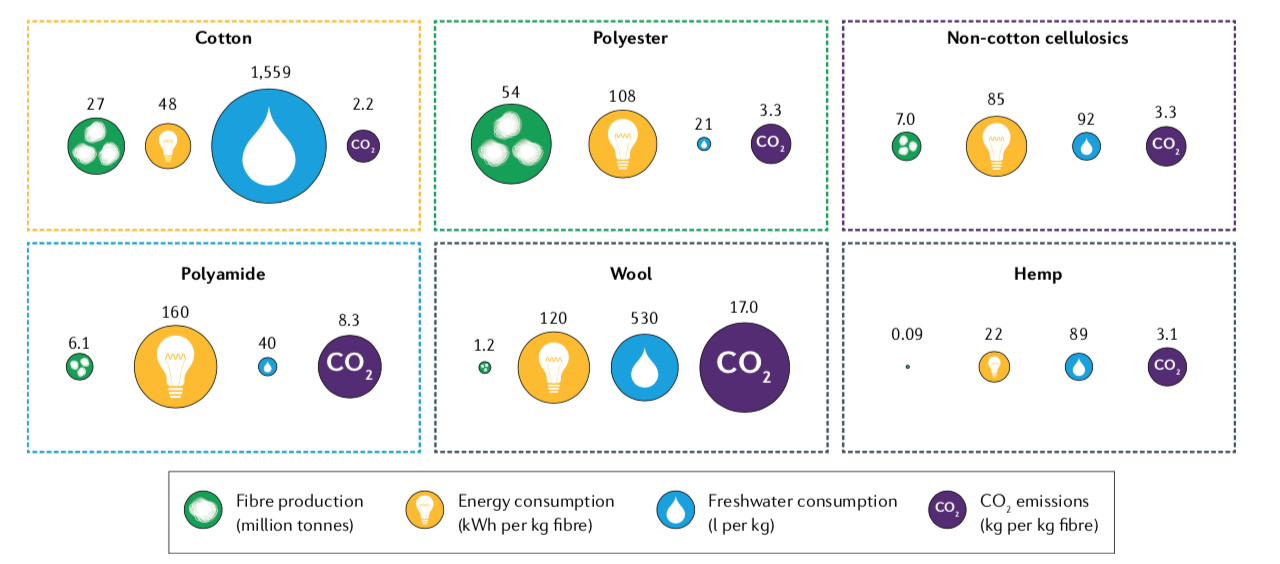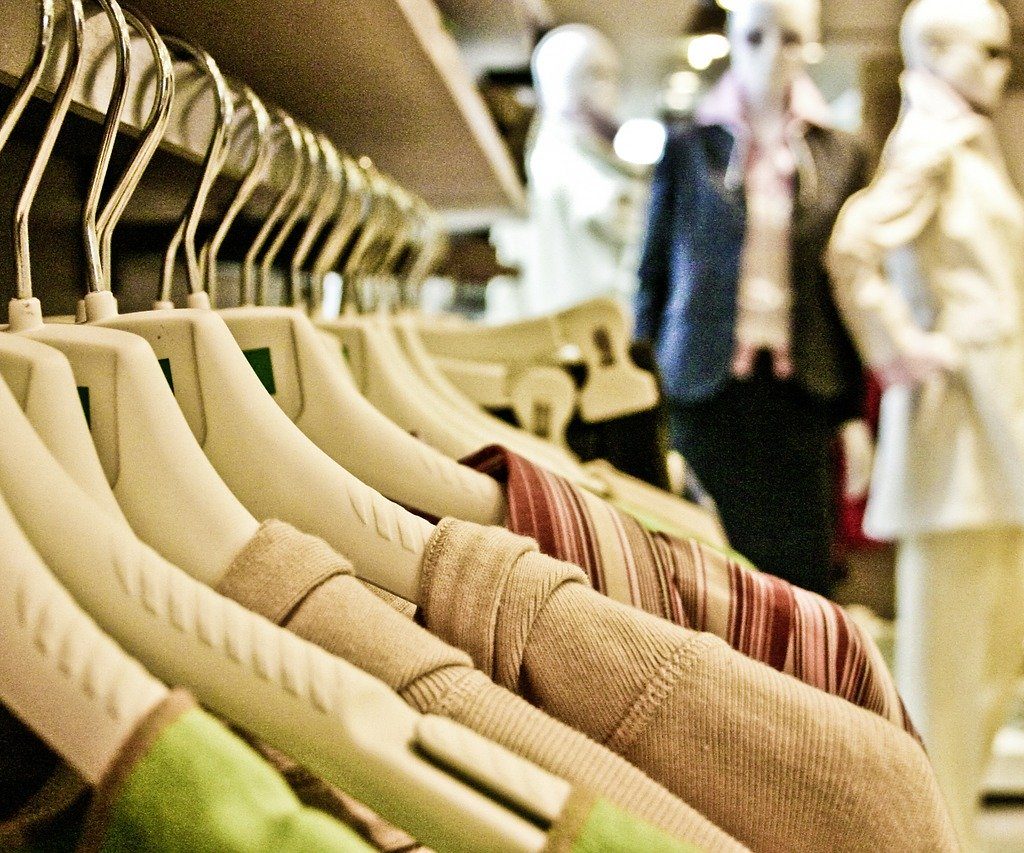9th May 2020
The fashion industry is the second-largest industrial polluter after aviation, accounting for up to 10% of global pollution, according to a recent review published in Nature. Despite the environmental concerns on the impact of fashion, clothing is an extremely polluting sector. It produces up to 10% of the global emissions of CO2, 1.5 trillion litres of water, and produces 92 million tonnes of waste per year. Kirsi Niinimäki, the author of the paper, said: «Consumers must understand fashion as more of a functional product rather than entertainment».
West is most affected for the environmental impact of the fast fashion
The fashion chain is extremely complicated. It has many actors involved and many stops in the line of production, transport and disposal. However, the developing countries are the one that most suffer the environmental consequences.
Anyway, it is a coin with two sides. Many manufacturer countries rely on these exports. For instance, half of Pakistan and India exports are fashion items.
One of the most urgent keys is water use in cotton cultivation. The paper says the stages that consume the biggest portion of water are the growth the cotton and the wet process, those are bleaching, dyeing, printing and finishing.
«A Shirt uses 12 m3 of water while a pair of jeans 55. This is a lot of water.»
This industry has a high carbon footprint mainly because of the energy it needs and its transport. Moreover, traditionally ships moved the cargo, but super-fast deliveries boosted by online shopping are changing the scenario.
Also, chemicals are a big problem. The producers use over 15,000 different products, from fertiliser to grow the plants to chemicals to make the cloths waterproof or dyeing it. In addition, the detergent for washing during its life use.

Finally, the fashion industry overproduces so much. this means that a big amount of garments goes to waste, unnecessarily. In 2016, Ecotextile report about the clothing imported to the EU. It said that retailers sold one third at regular price, one third at a reduced price, and they had to waste the rest.
«British luxury brand Burberry was reported to have incinerated £90 million worth of unsold inventory of which it admitted £28.6 million worth was incinerated in 2017».
The UK, fashion epicentre

The review claims the UK is the country where people most buy cloths. Based on several references, Niinimäki estimates each person in the UK buys on average 26.7 kg. of textile per year. Other countries on the paper are far behind. For example, Italy but an average of 14.5 kg, while Germany 16.7 kg. Moreover, the Nordic countries buy around 15 kg.
Overall, the clothing industry is producing almost double that they were producing around 2000.
«Fast fashion relies on recurring consumption and impulse buying, instilling a sense of urgency when purchasing «, said Niinimäki. She added the role of online shopping, which make much easier to buy.
A key factor in this endless buying is the fact that cloth is not seen anymore as an essential item but as entertainment. An aggressive and constant marketing campaign incite people to buy clothes.
people are incited to buy constantly with an aggressive marketing campaign.
The study says that consumer throw away garments too fast. Shirts, T-Shirts and pants last on average from 3.1 to 3.5 years. Although many people say they try to give a second life to the cloths through charities, handing over, or even renting the fact is most of them end up in the bin. S
And from the bin, there are not many destinations; Landfill, for bury, burnt for recovery part of energy through EfW systems, or most probably send it back to developed countries.
The paper and the author
Kirsi Niinimäki is the Head of Study Programme Fashion, Clothing and Textile Design at Finish Aalto University. She is also the leader of the Fashion/Textiles Futures research group. Throughout her research, Niinimäki aims towards a new, holistic understanding in the field of understanding the environmental impact of the fast fashion
She published, along with his team, this paper in the April edition of Nature. However, all its data come fro earlier. This means, before the Lockdown due to Coronavirus. Also, hopefully, some companies maybe have got some measures.

